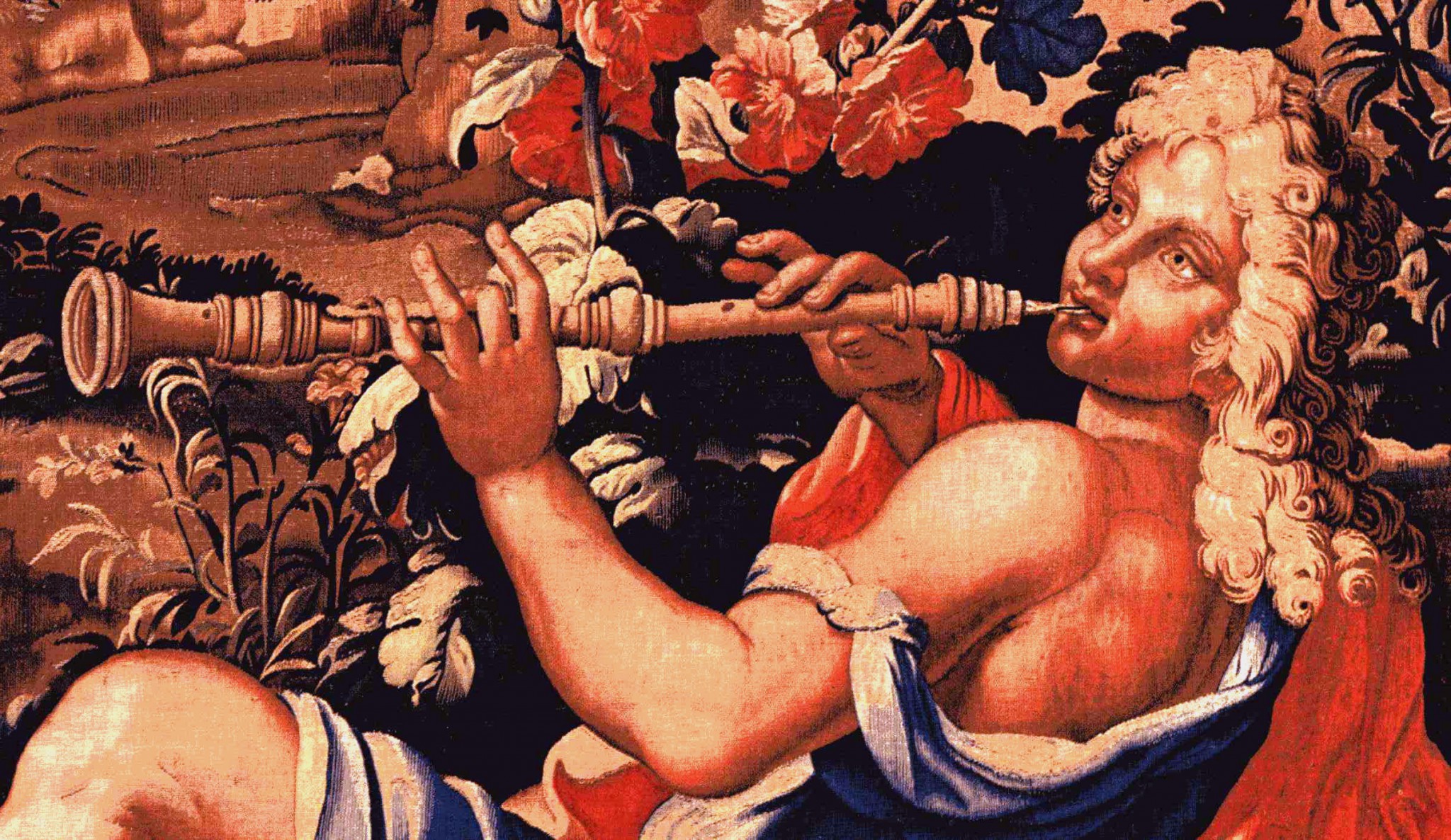The textile industry has occupied a prominent place in the French economy for a long time. From the 17th century, under the impulsion of Colbert, the textile sector became structured and rapidly developed, especially in the Province (outside the capital). At that time, between 1665 and 1683, Jean-Baptiste Colbert was the contrôleur des finances (Minister of Finance). Let’s start our fantastic journey across the country in the discovery of textile history in France!
Colbert and the Textile History in France
Colbert believed in a strong dirigisme économique, which means that the state has to directly intervene in the economy, by giving monopoles to existing businesses or even by creating ones and keeping them under state control. His goal was to reduce France’s imports and increase its exports. Colbert’s motto was: “tout par et pour la métropole” (everything by and for France), which can be regarded as part of an economic doctrine of self-sufficiency.

The Kings of France thereby triggered the rapid development of the textile industry in cities or even villages all over France. Small cities such as Lodève and Romans-sur-Isère exemplify the implementation of the textile industry in the province, though large cities such as Lyon and Paris were also key to the textile industry.
Lodève
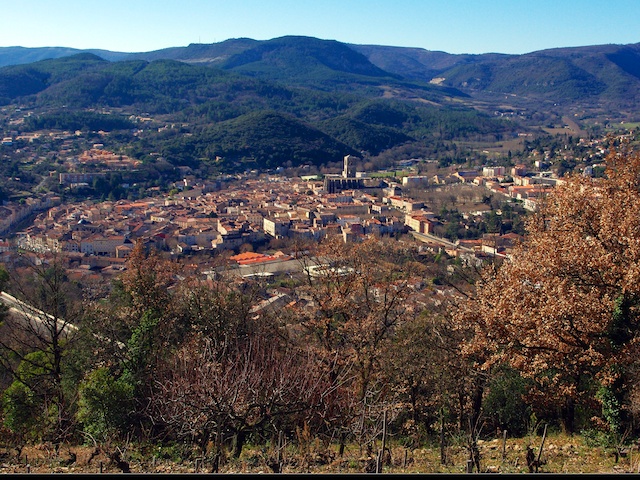
Lodève is a small city in the département of Hérault in the Languedoc-Roussillon region in the south of France.
During the Middle Ages, sheep rearing ensured the city a certain wealth. This livestock farming procures work from different sectors of the local economy. In the second half of the 17th century, Colbert developed the textile industry in Lodève by creating a Manufacture de draps (wool factory) with royal approval. Drapers sprung up everywhere with many families taking advantage of the increase in this industry.
The Cardinal de Fleury, native of Lodève, used his connections to obtain a monopoly on uniform supplies for the royal troops. Thanks to this continuous source of revenue, Lodève thrived until the revolution. However, with the abolition of the monarchy, the local economy took a blow as its main activity, uniforms’ supply, disappears.
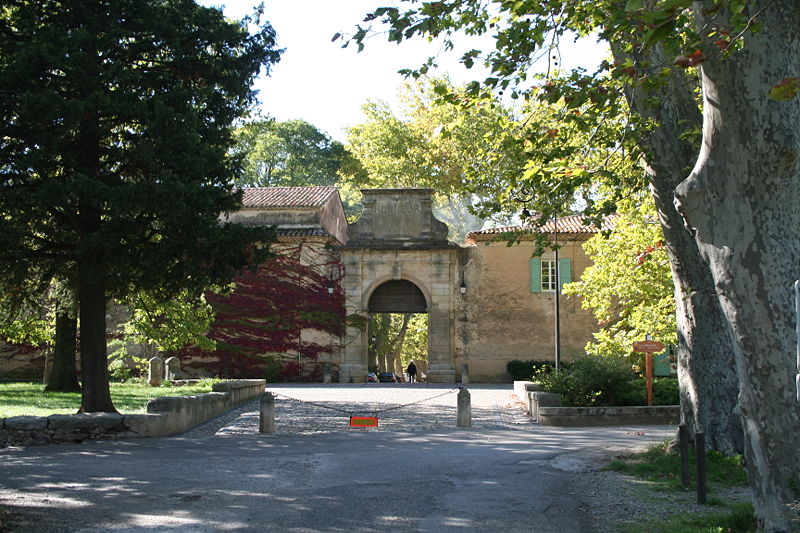
In the Languedoc-Roussillon region many villages like Villeneuvette (and also small cities) lived almost exclusively from the manufacture of wool. Their production was predominantly destined for the Ottoman Empire. The insistence on exports is definitely linked with Colbert’s incentive policies.
The development of cities with a single economic activity was highly damaging to the local population in times of recession but also when mechanisation was introduced into the textile industry in the second half of the 19th century. Unemployment rates thus increased rapidly at the sunset of the 19th century and the city’s activity almost died out. Yet the textile tradition is still to be seen in this small city’s architecture and museum.
Romans-sur-Isère
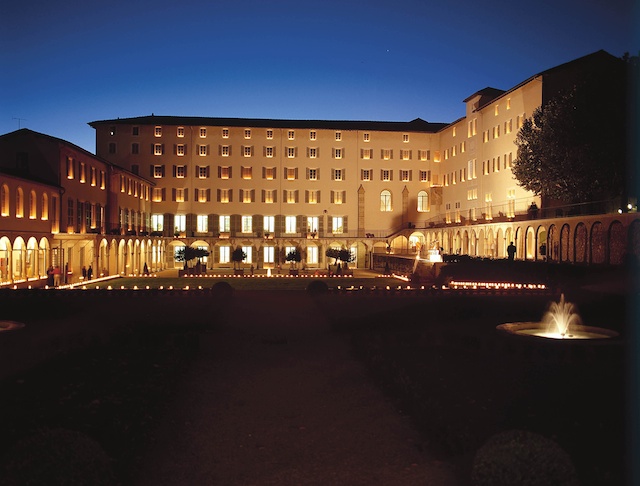
Romans-sur-Isère is another example of a city living for centuries off the textile industry. The city is located in the Isère département in the Rhône-Alpes region. The city has been specialising in leather production and the shoe-making business since the 1850’s.
The first international shoe brand, called “UNIC” (meaning ‘unique’), was created in Romans-sur-Isère before the end of the 19th century by Joseph Fenestrier. The shoe industry became the sole production of Romans-sur-Isère, most of it being exported.
Yet since the 1970s and the economic crisis, the shoe industry of Romans has been in decline, making it difficult to compete on the international market. The industrial tanning has been facing the same difficulties, with only one tannery left in Romans. Yet the cultural heritage of the shoe industry remains strong: Romans-sur-Isère possess the biggest international shoe museum, situated in the magnificent old Couvent de la Visitation (Convent of the Visitation).
In 1968 the museum bought a huge collection of shoes from Victor Guillen, which included more than 2,000 items from all around the world, dating back to the earliest models produced until the 1950s. The museum thus displays collections highlighting the technical, ethnographical and artistic facet of the shoe industry.
Lyon
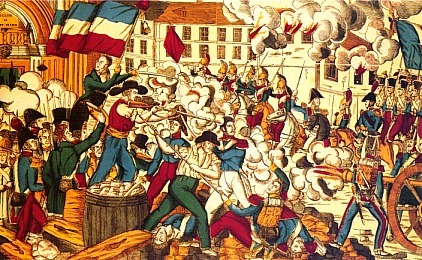
Though the silk production was born in Asia, textile has seen a prodigious development in Europe from the Middle Ages on. It rapidly grew in Italy, due to the importation of 2,000 silk weavers from Constantinople following the crusades. Yet the silk produced in Italy was considered too pricy and too heavy for the needs of the French fashion back then. The Italian silk remained prized for furnishings and fabric used for wall coverings, whereas French silk became prominent in the clothing industry.
To avoid the importation of Italian silk, Louis XI decided to establish the national production in the city of Lyon. It became the centre of silk trade in France. Lyon obtained a monopoly on silk production under François I, making Lyon the silk capital of Europe. King Henri IV significantly developed the sériculture (silk farming) at the end of the 16th century, notably in Provence, to provide a cheap raw material for the Lyonnaise silk industry and to ensure an adequate supply.
This fast-developing industry gave rise to a new type of worker, the Canuts. At its height, the Canuts were more than 38,000 in Lyon, living and working in Croix-Rousse (a popular neighbourhood) and feeding a third of the city’s population.

They produced colourful fabric, working from home in their tiny appartement-atelier (workshop-apartment) on their 4 metre-high silk spinning machines. Facing the same hardships in terms of working conditions, these workers developed a strong esprit de corps (a common spirit of comradeship).
In 1831, France was facing great economic difficulty and the Canuts’ salary was dropping very low as silk, as a luxury good became less in demand. The Canuts then showed their solidarity by revolting against social misery; this particularly vivid episode is called la révolte des Canuts.
Even today, the French people still associate the city of Lyon with the silk industry and to the Canuts. The musée des Canuts works to pass on this heritage.
Manufacture des Gobelins, de la Savonnerie et de Beauvais
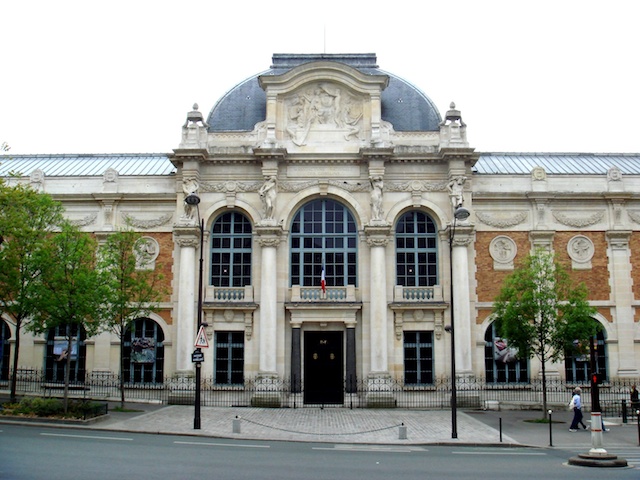
The Gobelins factory (Paris), the factory of Beauvais and the Savonnerie (literally: Soap Factory) are the three main factories specialising in the tapestry-making industry.
The Gobelins factory is the most renowned: it was founded in Paris by the mid-15th century by a wool dyers’ family whose enterprise rapidly expanded.
The kings of France called upon Dutch craftsmen in the following centuries to develop this industry in France since Holland was prized for its high-quality tapestries.
Colbert convinced Louis XIV of the necessity to invest in this fast growing industry as a symbol of power and glory for the monarchy.
The tapestries notably recount the royal (and later “imperial”, under Napoleon) conquests. The production was intended for the royal households as well as for diplomatic presents which reinforced France’s international textile and artistic reputation.
Colbert thus partly created and, above all, structured the tapestry and carpet production at the end of the 17th century. The Savonnerie factory in Lodève then specialised in carpet-making, while the two others focused on tapestry-making.
Since the 19th century, these three factories have been united on the historical location of the Gobelins factory and are still producing tapestries and carpets for state buildings.
Textile History in France – Find out more!
- The International shoe museum in Romans-sur-Isère
- Maison des canuts (Canuts Museum) in Lyon
- Musée de la manufacture des Gobelins in Paris
- You can have a look at some of the collection’s wonderful items by clicking here.
Featured image: Détail de la Danse des Nymphes – Manufacture des Gobelins

